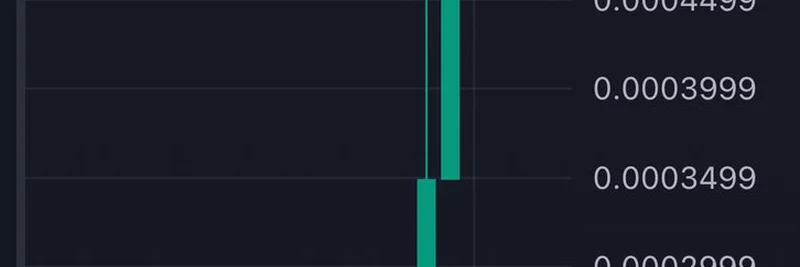Hey there, crypto enthusiasts! If you’ve been scrolling through X lately, you might have stumbled upon a hot topic that’s got everyone buzzing: permissionless participation in the blockchain stack. On July 3, 2025, at 22:01 UTC, MartyParty (@martypartymusic) dropped a thought-provoking post that echoed a growing sentiment in the blockchain community. Quoting Dean Little (@deanmlittle), who in turn referenced Toly (@aeyakovenko), Marty wrote, “It should be permissionless to participate in any part of the stack.” This idea has sparked a chain of conversations, and today, we’re diving deep into what it means for the future of decentralized tech—especially in the wild world of meme tokens!
What Does “Permissionless Participation” Mean?
Let’s break it down simply. In blockchain lingo, “permissionless” means anyone can jump in and play a role—whether it’s running a node, validating transactions, or building on the network—without needing approval from a central authority. The “stack” refers to all the layers of a blockchain system, from the base layer (like Ethereum or Bitcoin) to the applications built on top. So, Marty’s post is all about creating a system where no one’s locked out, and that’s a big deal for decentralization.
Imagine a playground where anyone can bring their toys and join the game—no gatekeeper, no VIP list. That’s the vibe here! This concept ties into the ongoing debates about centralized vs. decentralized systems, as seen in threads from Eddy Lazzarin (@eddylazzarin) and Nick White (@nickwh8te). They argue that even “single sequencers” (a type of blockchain component) can still be decentralized if they prioritize verifiability and liveness over control.
Why It Matters in 2025
Fast forward to today—July 4, 2025, 05:04 AM +07—and this idea is gaining traction. Toly’s thread, which Marty’s post builds on, emphasizes that hardware and network improvements should lower the cost of participation. This is music to the ears of meme token fans, where projects like Dogecoin or Shiba Inu thrive on community involvement. A permissionless stack could mean more people can contribute to these ecosystems, driving innovation and, let’s be honest, some wild price pumps!
Marty’s thread also ties into real-world developments. His earlier post mentions Amber International’s $25.5 million crypto reserve strategy, investing in assets like Bitcoin, Ethereum, and even Solana—all networks that benefit from open participation. This suggests that big players are betting on a future where anyone can join the stack, aligning with the permissionless ethos.
The Meme Token Connection
At Meme Insider, we’re all about those quirky, community-driven tokens. Permissionless participation could supercharge the meme coin space. Think about it: if anyone can build or validate a token like Diarrhea Coin (yes, that’s a real one!), the creativity—and chaos—knows no bounds. However, it also raises questions about spam and security, as Toly notes in his thread about lowering economic barriers. The balance between openness and stability will be key.
Visual Proof of the Hype
Check out this image Marty shared, highlighting Amber International’s crypto reserve announcement:
This visual backs up the idea that institutional money is flowing into permissionless systems, giving us a peek at where the industry might head.
What’s Next?
The X conversation is just the tip of the iceberg. As hardware gets cheaper and networks like Ethereum evolve, permissionless participation could redefine how we interact with blockchain tech. For meme token lovers, this might mean more opportunities to launch the next big thing—or at least have a laugh trying! Keep an eye on Meme Insider for the latest updates, and let us know your thoughts in the comments.
Ready to dive deeper? Explore our knowledge base to learn more about blockchain trends and how they shape the meme token world!



